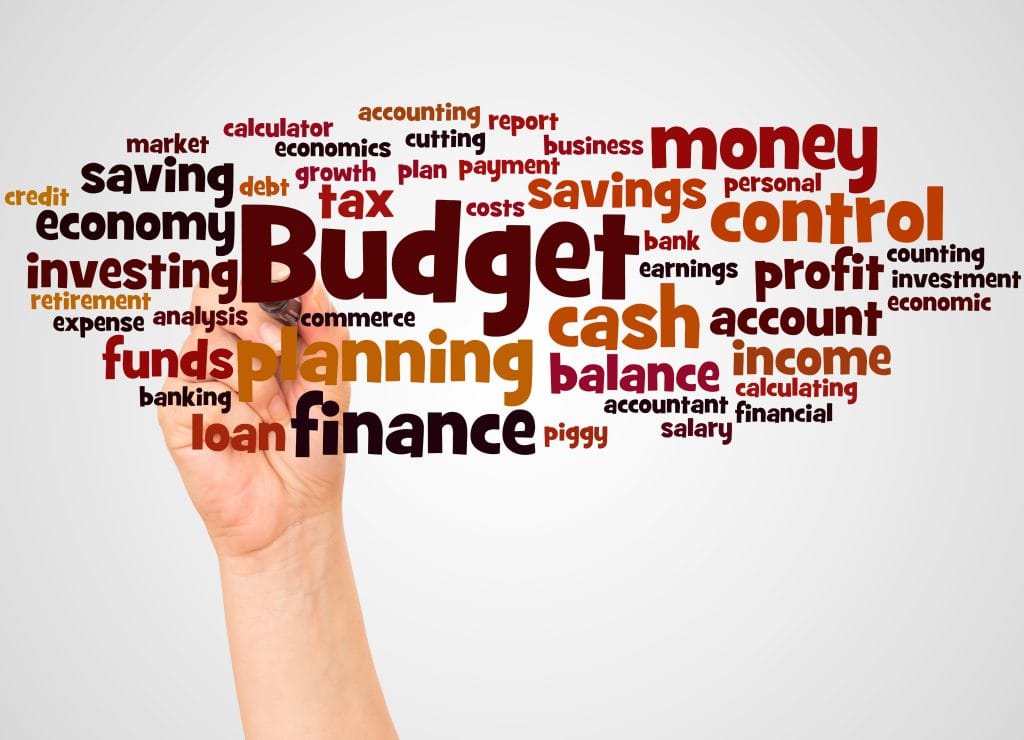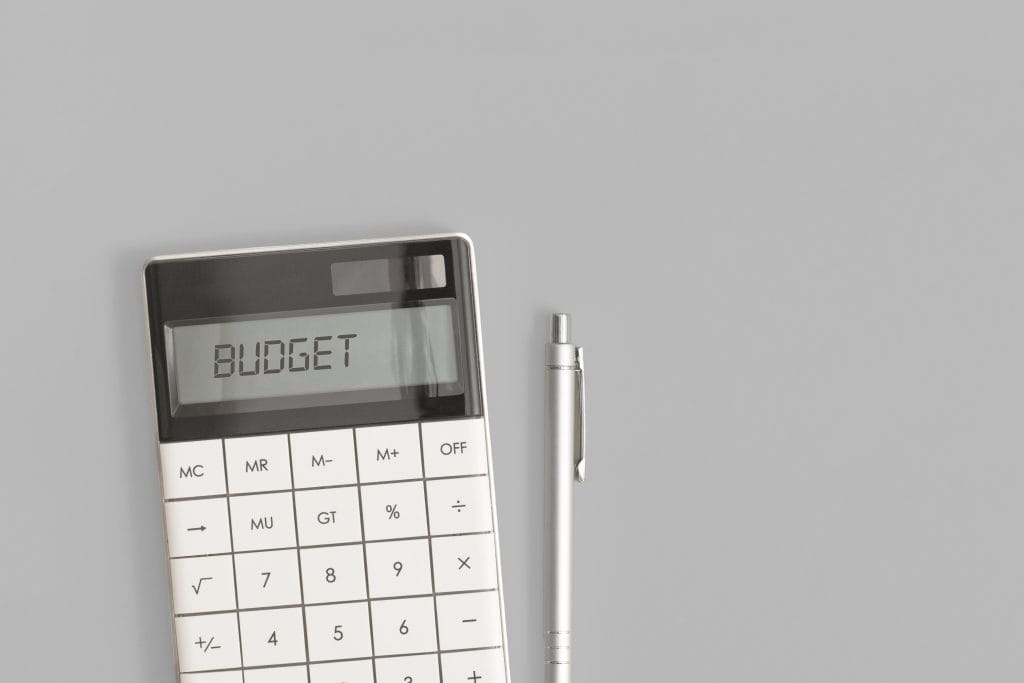Managing your finances can feel like a complex puzzle, especially with the rising cost of living. Creating a clear financial plan is the first step toward gaining control and reducing stress. A well-structured monthly budget in Canada is not about restriction; it’s about empowerment. It provides a roadmap for your money, helping you cover your needs, enjoy your wants, and build a secure future.
This guide will walk you through the essential steps of building a budget that works for you. We will explore how to track your spending, organize your expenses into logical categories, and choose the right budgeting method. You will also learn how using a modern tool can simplify the entire process, putting you firmly in control of your financial destiny.
Why Every Canadian Needs a Budget
A budget is a simple yet powerful tool for financial wellness. It gives you a detailed picture of where your money goes each month. Without this clarity, it’s easy to overspend or fall short on savings goals. By tracking your income against your expenses, you can identify areas where you can cut back and redirect funds toward what matters most to you.
This financial awareness helps you make informed decisions. Whether you’re saving for a down payment, paying off debt, or planning for retirement, a budget ensures you are making steady progress. It transforms abstract financial goals into achievable, step-by-step plans. A budget also acts as an early warning system, highlighting potential shortfalls before they become major problems and giving you time to adjust.
Getting Started: Laying the Foundation for Your Budget
Before you can plan for the future, you need a clear understanding of your current financial situation. This initial phase is all about gathering information.
Step 1: Calculate Your Total Monthly Income
First, figure out exactly how much money you have coming in each month. If you have a fixed salary, this is straightforward. Simply use your net pay (after taxes and deductions).
If your income varies, look at your pay stubs or bank statements from the last three to six months to calculate an average. Include all sources of income, such as your primary job, side hustles, freelance work, or government benefits. Having a realistic income figure is the cornerstone of an accurate budget.
Step 2: Track Your Expenses
Next, you need to know where your money is going. For one month, track every single purchase you make. This might sound tedious, but it’s a crucial step for revealing your spending habits. You can use a simple notebook, a spreadsheet, or a dedicated app.
Record everything, from your morning coffee and groceries to your rent and utility bills. At the end of the month, you’ll have a complete picture of your spending, which often contains a few surprises. This exercise helps you see the difference between what you think you spend and what you actually spend.
Structuring Your Budget: The Power of Categories
Once you have a month’s worth of spending data, it’s time to organize it. Grouping your expenses into budget categories helps you see where your money is being allocated and where you can make changes.
Common Budget Categories for Canadians
Your categories should reflect your unique lifestyle, but most budgets include a mix of fixed and variable expenses.
- Housing: Rent or mortgage payments, property taxes, home insurance.
- Transportation: Car payments, gas, insurance, public transit passes, vehicle maintenance.
- Food: Groceries, dining out, coffee shops, food delivery.
- Utilities: Electricity, heating, water, internet, phone bill.
- Debt Payments: Student loans, credit card bills, personal loans.
- Personal Care: Haircuts, toiletries, gym memberships.
- Entertainment: Streaming services, movies, concerts, hobbies.
- Savings: Contributions toward your goals.
Breaking down your spending this way makes it easier to set realistic limits for each category in your monthly budget in Canada.
Choosing a Budgeting Method
There are many ways to budget, and the best one is the one you can stick with. One popular and effective method is zero-based budgeting.
With zero-based budgeting in Canada, you assign every dollar of your income to a specific job. The formula is simple: Income – Expenses – Savings = 0. This doesn’t mean you have zero dollars left in your bank account. It means every dollar has a purpose, whether it’s for paying a bill, buying groceries, or moving into a savings account. This method promotes intentional spending and ensures no money is wasted.
Don’t Forget Your Financial Safety Net
Life is unpredictable. A sudden job loss or an unexpected car repair can derail your finances if you aren’t prepared. This is why building an emergency fund in Canada is a non-negotiable part of any solid budget.
An emergency fund is money set aside specifically for unexpected expenses. Most financial experts recommend saving three to six months’ worth of essential living expenses. Start small if you need to—even a few hundred dollars can provide a crucial buffer. Make contributing to your emergency fund a regular line item in your budget until you reach your goal.
Simplify Your Finances with a Budgeting App
Manually tracking every expense with a spreadsheet can be time-consuming. Fortunately, technology offers a simpler solution. Using a budgeting app in Canada can automate much of the process, making it easier to stick to your plan.
These apps connect to your bank accounts and automatically categorize your transactions. You get a real-time view of your spending, receive alerts when you’re nearing a category limit, and can track your progress toward your savings goals effortlessly.
For Canadians looking to streamline their financial lives, the Emohpay app offers an intuitive and powerful solution. Emohpay is designed to simplify how you manage your money, helping you create a monthly budget in Canada that aligns with your goals. The platform automates expense tracking and provides clear visual insights into your spending habits. With features that help you plan, save, and stay on track, Emohpay removes the guesswork from budgeting. It helps you build a strong financial foundation, including setting up and growing your emergency fund.
Putting It All Together: Your Action Plan
Now you have all the components needed to create your budget.
- Set Your Goals: Define what you want to achieve. Are you saving for a vacation, paying off debt, or investing for the future?
- Assign Your Income: Using the zero-based budgeting method, allocate all your income to your chosen categories.
- Review and Adjust: A budget isn’t a “set it and forget it” document. Review it at the end of each month. Did you overspend in one area? Were your estimates realistic? Adjust your monthly budget in Canada as your income, expenses, or goals change.
- Stay Consistent: Consistency is key. The longer you stick with your budget, the more natural it will become. You will build positive financial habits that serve you for years to come.
Taking control of your money is one of the most rewarding steps you can take. By following this guide, you can create a budget that empowers you to build financial security and achieve your dreams.
Frequently Asked Questions
What is a good monthly budget for a single person in Canada?
A good budget depends entirely on your income and location, but a common guideline is the 50/30/20 rule (50% for needs, 30% for wants, 20% for savings).
How much should I be saving per month in Canada?
Aim to save at least 20% of your after-tax income, but any amount you can consistently set aside is a great start.
What is the easiest way to start budgeting?
The easiest way is to use a budgeting app like Emohpay to automatically track your spending and help you create a plan.
How do I make a budget if my income is irregular?
Budget based on your lowest anticipated monthly income to ensure you can always cover essential expenses.











